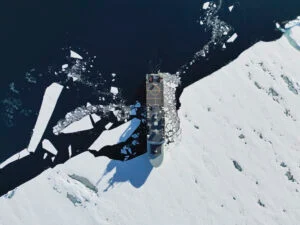
People & Culture
On thin ice: Who “owns” the Arctic?
As the climate heats up, so do talks over land ownership in the Arctic. What does Canadian Arctic Sovereignty look like as the ice melts?
- 4353 words
- 18 minutes
This article is over 5 years old and may contain outdated information.
Science & Tech
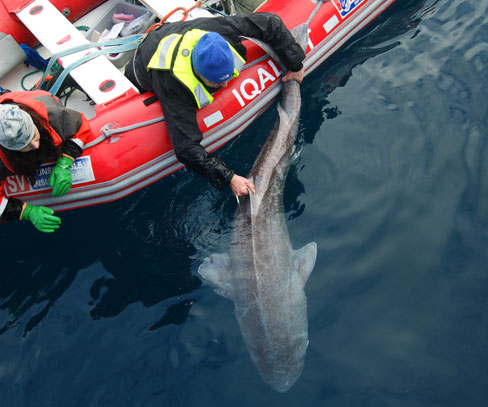
Using acoustic and satellite tags, scientists in the Canadian Arctic are slowly gathering information about one of the region’s most mysterious and important creatures: the Greenland shark.
The tags have allowed researchers with the Halifax-based Ocean Tracking Network (OTN) to define the home ranges of juvenile Greenland sharks, the animal’s large-scale movement in the Arctic and how it fits into the food chain in a region where fishing and climate change are becoming major factors.
“We’re piecing together the complicated Arctic food-web structure in which Greenland sharks are an apex predator,” said Nigel Hussey, one of the scientists involved in the OTN tagging program, in an email. “We’ve learned they have a complex vertical diving behaviour, which has impacts in terms of addressing fisheries interactions and could potentially help mitigate or reduce these. We also have data showing these animals returning to the same site a year and two years later — the first evidence of this for Greenland sharks.”
Since starting the Greenland shark study four years ago, OTN researchers have attached acoustic tags to 96 sharks in Cumberland Sound, Scott Inlet, Grise Fjord, Resolute Bay and Maxwell Bay, and placed 24 satellite tags on sharks in Scott Inlet alone, including the first ever deployed on juvenile Greenland sharks. About 30 more of the animals, which weigh an average of 900 kilograms and can reach seven metres in length, are expected to be tagged in 2015.
Hussey noted tracking studies such as the OTN’s help provide baseline science about the poorly understood biology of the fish and its current and future distribution. “Greenland sharks as apex predators help maintain the stability of the Arctic marine ecosystem,” he said, adding that the shark is a bycatch in a harvest of its own food sources. “It’s particularly important [to track them], as exploitation by developing commercial fisheries is increasing while climate change is simultaneously affecting the Arctic at twice the rate of other areas.”
Are you passionate about Canadian geography?
You can support Canadian Geographic in 3 ways:
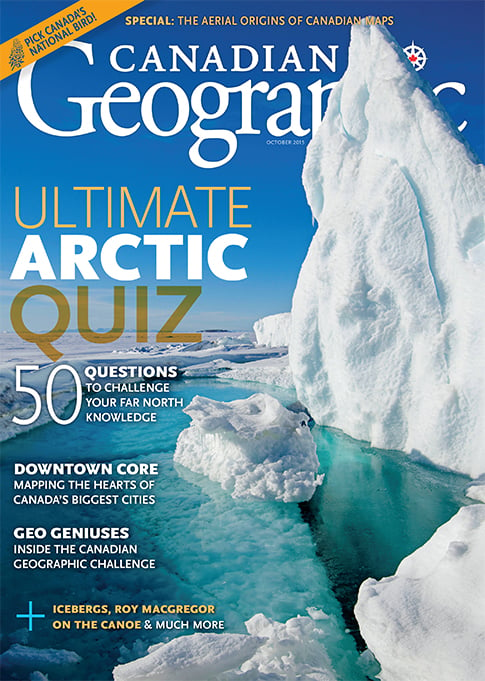
This story is from the October 2015 Issue

People & Culture
As the climate heats up, so do talks over land ownership in the Arctic. What does Canadian Arctic Sovereignty look like as the ice melts?

Environment
The uncertainty and change that's currently disrupting the region dominated the annual meeting's agenda
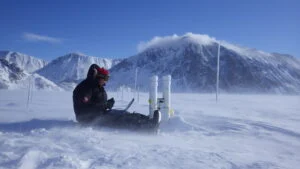
Science & Tech
Celebrating Canadian Innovation Week 2023 by spotlighting the people and organizations designing a better future
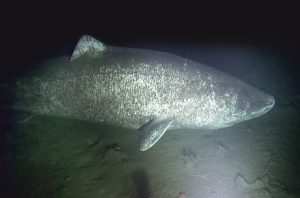
Wildlife
Using cameras baited with squid, researchers were able to gather information about these ancient Arctic fish without taking any out of the water